Reception
The New York Times, December 13, 1904, wrote:
"Evidence of a popular success were not wanting at the Manhattan Theatre last evening when for the first time was seen a new play by C. M. S. McLellan, hitherto known to New York playgoers as "Hugh Morton," author of several comic opera books, among which the most notable perhaps was that of The Belle of New York which endured a large measure of success, both here and in London. On this occasion Mr. McLellan has made an excursion into a more serious type of drama. But it is only fair to state that such appeal as the play made last night was in large part due to the exceptional brilliant acting of at least five of its chief protagonists. One or two of the minor roles might have been better played, but making due allowance for the usual conditions of nervous exaggeration incident to a first night, it may be said with conviction that the acting of George Arliss, John Mason, Charles Cartwright, William B. Mack and the star herself, provided an ensemble such as is rarely excelled." [7]
The Standard : (Source: The New York Times; May 3, 1905) [8]
"It is a piece far out of the common, and holds out the promise that in Mr. McLellan a new power has arisen."
Daily Chronicle : (Source:The New York Times, May 3, 1905) [9]
"There hitherto were seven wonders of the world. The eighth is added ... that the author of The Belle of New York should be also the author of Leah Kleschna, the strongest piece of sheer stagecraft we have known from any source for years."
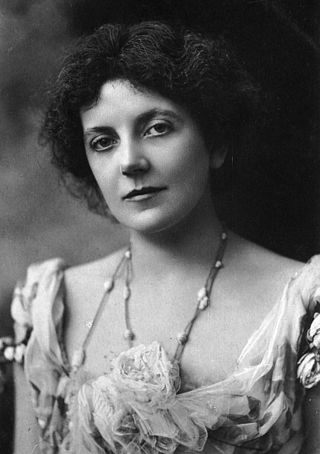
Lena Margaret Ashwell, Lady Simson was a British actress and theatre manager and producer, known as the first to organise large-scale entertainment for troops at the front, which she did during World War I. After the war she created the Lena Ashwell Players.

Henry Miller was an English-born American actor, director, theatrical producer and manager.
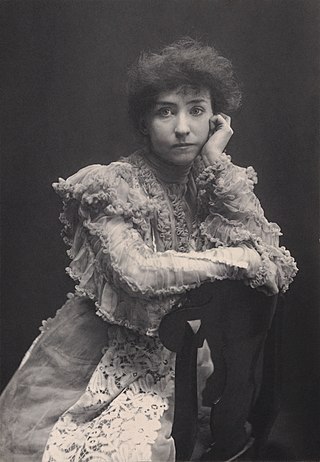
Minnie Maddern Fiske, but often billed simply as Mrs. Fiske, was one of the leading American actresses of the late 19th and early 20th century. She also spearheaded the fight against the Theatrical Syndicate for the sake of artistic freedom. She was widely considered the most important actress on the American stage in the first quarter of the 20th century. Her performances in several Henrik Ibsen plays helped introduced American audiences to the Norwegian playwright.
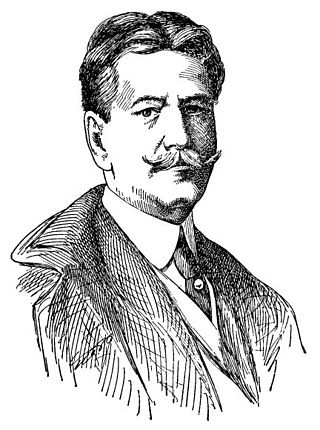
Langdon Elwyn Mitchell was an American playwright who was popular on Broadway during the early twentieth century.

Harrison Grey Fiske was an American journalist, playwright and Broadway producer who fought against the monopoly of the Theatrical Syndicate, a management company that dominated American stage bookings around the turn of the twentieth century.

Emily Stevens was a stage and screen actress in Broadway plays in the first three decades of the 20th century and later in silent films.
Marie Fedor was a stage actress from Boston, Massachusetts who performed in theater at the beginning of the 20th century.

Ida Conquest was a leading lady of Broadway in the late 19th century and early 20th century.

Phyllis McKee Rankin was a Broadway actress and singer from the 1880s to the 1920s.
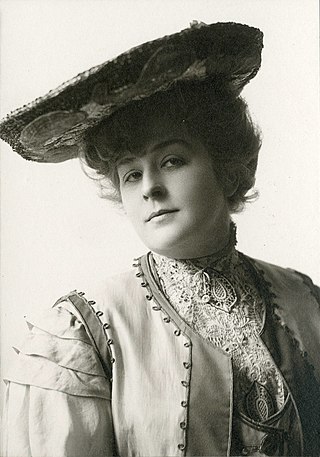
Amelia Swilley Bingham was an American actress from Hicksville, Ohio. Her Broadway career extended from 1896 until 1926.

Elizabeth Tyree was an American actress in Broadway theatrical productions beginning in the mid-1890s. Her married name was Elizabeth Tyree Metcalfe. Professionally she was billed as Bess Tyree.
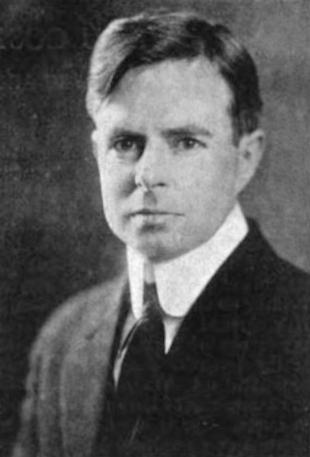
Paul Kester was an American playwright and novelist. He was the younger brother of journalist Vaughan Kester and a cousin of the literary editor and critic William Dean Howells.

The Manhattan Theatre was located at 102 West 33rd Street in Midtown Manhattan, New York City, directly across from Greeley Square at Sixth Avenue and 33rd Street. The 1,100-seat theatre opened in 1875 as the Eagle Theatre, and was renamed the Standard Theatre in 1878. All but destroyed by a fire in 1883, it was rebuilt in a more modern style and re-opened in December 1884. In 1898, the Standard was refurbished by architect Howard Constable and renamed the Manhattan Theatre. The theatre was demolished in 1909 for the construction of a flagship Gimbels department store, now the Manhattan Mall.

Carlotta Nillson was a Swedish-born American actress who appeared in at least ten Broadway productions over the first decade of the twentieth century. She was probably best remembered for her portrayal of Rhys Macchesney in the play The Three of Us.

Charles Morton Stewart McLellan (1865–1916) was a London-based American playwright and composer who often wrote under the pseudonym Hugh Morton. McLellan is probably best remembered for the musical The Belle of New York and drama Leah Kleschna.
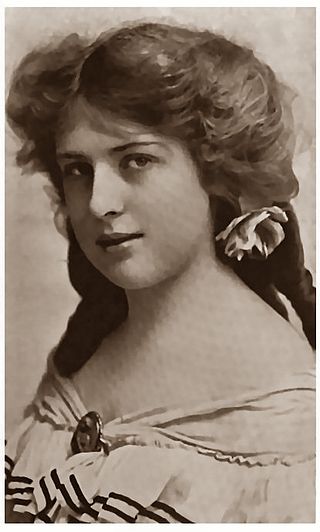
Edna McClure was an American actress whose brief career on Broadway was overshadowed by a sensational murder case and later a tragic family dispute.

Alberta Gallatin was an American stage and film actress active in the late 19th and early 20th centuries. During her near forty-year career she acted in support of the likes of Elizabeth Crocker Bowers, James O’Neil, Edwin Booth, Joseph Jefferson, Thomas W. Keene, Richard Mansfield, Sir Johnston Forbes-Robertson, Minnie Maddern Fiske, Otis Skinner, Maurice Barrymore, Joseph Adler, E. H. Sothern and James K. Hackett. Gallatin was perhaps best remembered by theatergoers for her varied classical roles, as Mrs. Alving in Henrik Ibsen's domestic tragedy Ghosts and the central character in the Franz Grillparzer tragedy Sappho. Counted among her few film roles was the part of Mrs. MacCrea in the 1914 silent film The Christian, an early 8-reel production based on the novel by Hall Caine.
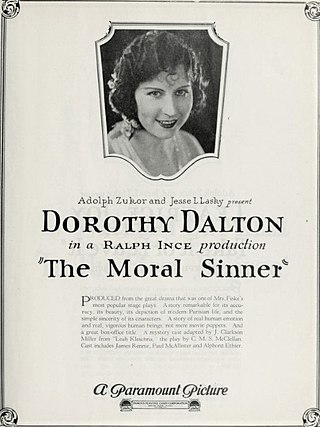
The Moral Sinner is a 1924 American silent drama film directed by Ralph Ince and written by Willis Goldbeck, Josephine Quirk, and Rita Weiman, based on the 1904 play Leah Kleschna by C. M. S. McLellan. The film stars Dorothy Dalton, James Rennie, Alphonse Ethier, Frederick Lewis, Walter Percival, and Paul McAllister. The film was released on May 19, 1924, by Paramount Pictures.
Leah Kleschna is a lost 1913 American silent film directed by J. Searle Dawley and starring Carlotta Nillson, a Swedish stage actress. It was produced by Daniel Frohman and Adolph Zukor under the banner of his newly formed Famous Players Film Company. The film is based on a 1904 play Leah Kleschna by C. M. S. McLellan that starred Mrs. Fiske on Broadway.

Love Finds the Way is a three-act play written by Marguerite Merington and first performed in 1896. Theatrical manager A. M. Palmer acquired the rights to a German play by Olga Wohlbrück, which Merington adapted into English. The adaptation debuted at the Grand Opera House in Wilmington, Delaware on November 30, 1896, with actress Minnie Maddern Fiske in the lead role. The title was changed to Love Finds the Way for Broadway, where it opened at the Fifth Avenue Theatre on April 11, 1898, with A Bit of Old Chelsea by Mrs. Oscar Beringer as a curtain raiser. Love Finds the Way is a comedy-drama about a young woman who seeks romance despite an injury that has left her unhappy and alienated from her family.















